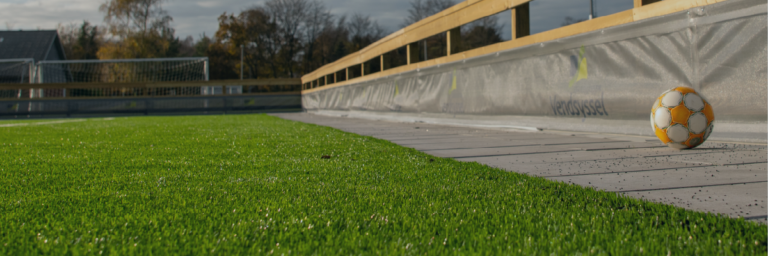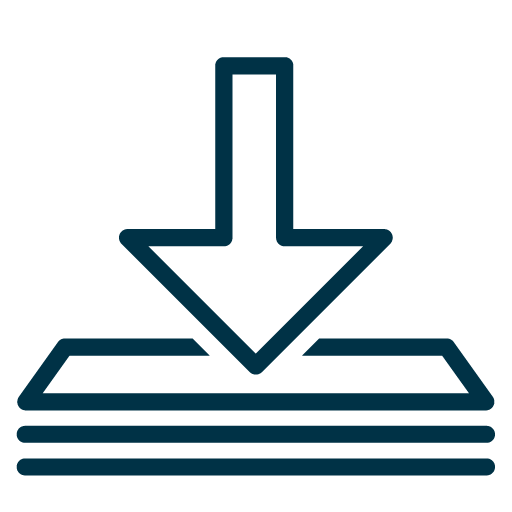The EU Commission has now started the political debate about the use of rubber granulate in artificial turf pitches. During the process prior to the Commission recommendation, different committees under the European Chemicals Agency (ECHA) have been asked to provide their assessments, including the RAC (Risk Assessment Committee), recommending a total ban of the use of rubber granulate, with a 6-year phase-in period, and the SEAC (Committee for Socio-Economic Analysis), in addition to a ban proposing the alternative of installing Risk Management Measures (RMM) on pitches to avoid spreading to areas where such dispersal is unwelcomed. SEAC was of the opinion that if dispersal could be kept below 7 g/m2 (approx. 50 kg per 11-a-side pitch) annually, this could be an alternative prudently taking into consideration the many positive properties of the pitches – such as playability all year round, excellent playing properties and thus the positive effect on public health.
The most important and most efficient RMM are first and foremost barriers along the pitch perimeter as well as grates at exit areas where rubber granulate automatically falls off boots and clothing. These preventive measures can keep dispersal from pitches at a minimal level of only a few kilos a year. A European CEN recommendation has been drawn up for this purpose.
The EU Commission has now made their move with a proposal for a complete ban of the use of rubber granulate in artificial turf pitches – with a 6-year phase-in period. The matter will now be considered in the political system, involving both member states and the EU Parliament. Main stakeholders such as the football organisations – national organisations as well as Paneuropean UEFA – will consequently in coming months, perhaps years, provide their input. So will the recycling industry at both European level (EuRIC) and at national level as well as those working with circular economy for tyres in practice – like us here at Genan. This further process may result in adoption of the proposal as is, in rejection of the proposal or in adoption of an amended proposal. It is hard to predict how long this political process will take. But it will be a comprehensive process – in terms of both workload and time.
The position of Genan is clear. It would be absolutely stupid to inhibit a good sales market for recycled products, when existing technology could limit dispersal to an absolute minimum. Incineration instead of material recycling would be the solution for approx. 500,000 tonnes of tyres in the EU alone – a huge, retrograde step for circular economy. The possibility to install high-performance artificial turf pitches in for instance cities already short of space for sports, would dramatically deteriorate, and this would have consequences for both public health, crime prevention and physical well-being. For the departments of sports and culture of local authorities, finances would suffer, as alternative solutions are far more expensive although at the same time worse. And finally, with the emission of an extra 350,000 tonnes of CO2 annually in the EU alone, climate accounts would suffer as incineration in cement kilns – or export – would be the only options for the tyres which could no longer be recycled for use at artificial turf pitches in the EU.
UEFA estimates:
- that there are 42,000 artificial turf pitches in Europe
- that 30,000 of these pitches will be affected by this current proposal from the Commission
- that the average price for pitch reconstruction (converting the pitch to an alternative technology) would be around € 300,000
- that the proposal of the Commission would impose an extra cost of € 8.5 billion in round figures upon European football
In Denmark, it is estimated that there are 380 artificial turf pitches, approx. 300 of which have rubber granulate as infill material. Should the Commission proposal be adopted in its current form, it is likely that over time, this will cost Danish pitch owners between DKK 500 and 750 million – for pitch reconstruction alone. If instead the EU chooses risk management measures (RMM) as the solution to limit dispersal of rubber granulate – to areas where such dispersal is unwanted – to an absolution minimum, then the total cost to be defrayed by Danish pitch owners will probably amount to about DKK 50-100 million. Brand new, preliminary results from Teknologisk Institut (Danish Technological Institute), working on a test and development project for Silkeborg Municipality and the Danish Football Association (DBU) indicate that with simple means, the dispersal of rubber granulate can be reduced to a marginal level. Find the first – preliminary – results from the test and development project here.
Genan will keep you informed and updated in respect of the political process related to this initiative.




